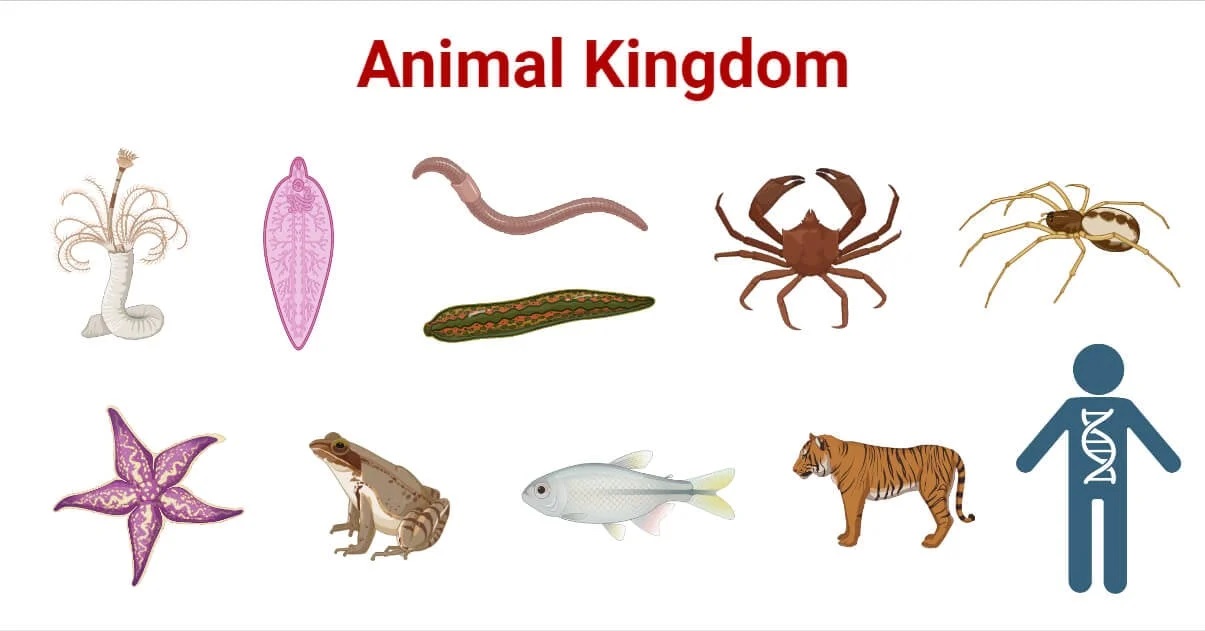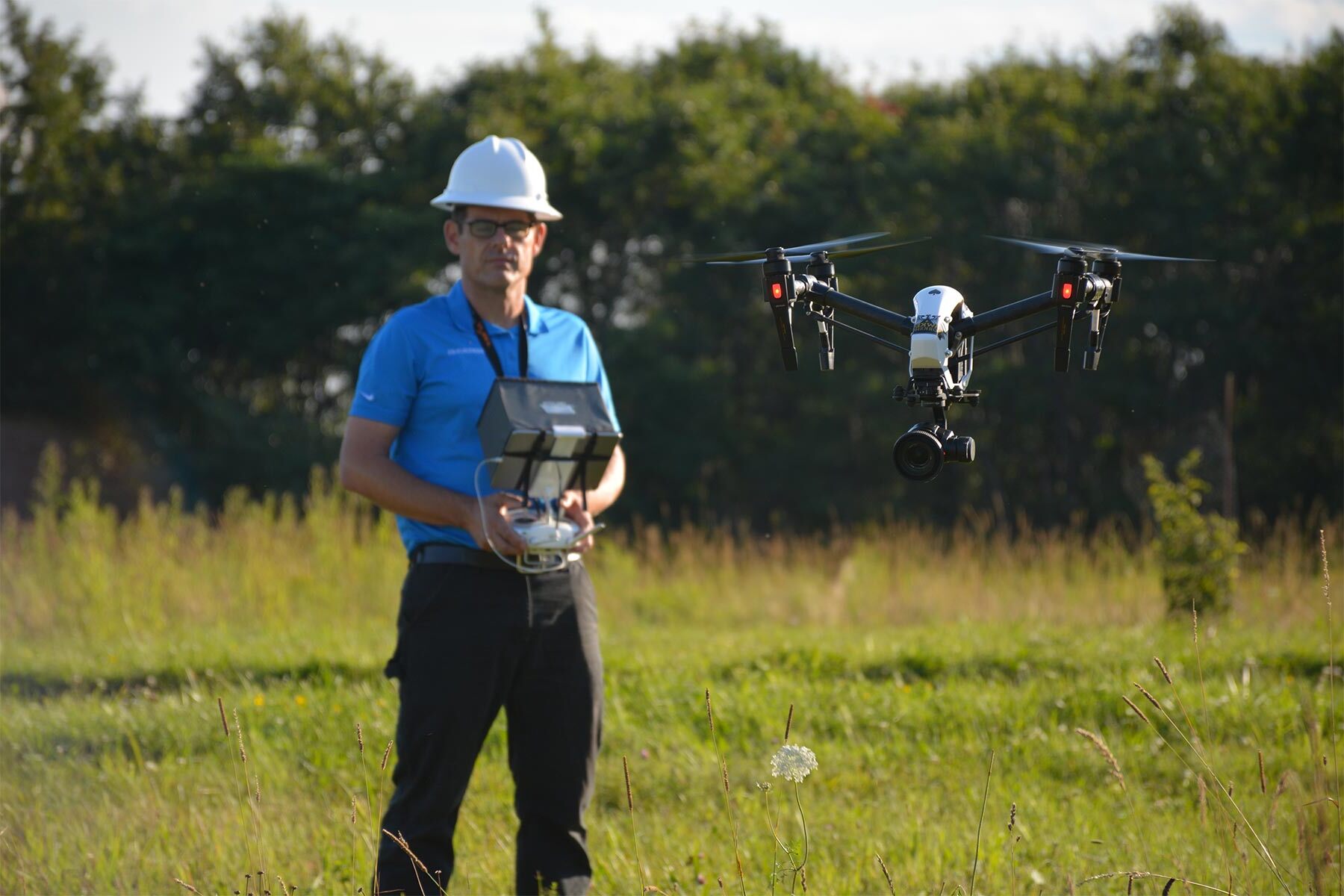
The animal kingdom, or Animalia, is a vast and diverse group that comprises millions of species, each with its own unique characteristics and behaviors. From the tiniest insects to the largest mammals, the animal kingdom is a source of endless fascination and wonder. In this article, we will explore 20 fascinating facts about the Animalia kingdom, shedding light on some of the most remarkable and intriguing aspects of the creatures that inhabit our planet. From astonishing adaptations to extraordinary behaviors, the animal kingdom never fails to amaze and inspire us. So, let’s dive into the wondrous world of animals and uncover some of the most captivating facts about this incredible kingdom.
Key Takeaways:
- The Animalia Kingdom is a diverse group of multicellular organisms with over 1 million known species, showcasing a wide range of feeding mechanisms, reproductive strategies, and remarkable adaptations to thrive in various environments.
- Animals within the Animalia Kingdom exhibit a wide array of behaviors, including complex social structures, intricate communication systems, and diverse locomotion methods, highlighting their vital role in ecological food webs and nutrient cycling.
Animalia Kingdom is also known as Metazoa.
Animalia Kingdom is a diverse group of multicellular organisms that are eukaryotic, meaning their cells have a nucleus and organelles enclosed within membranes. These organisms are heterotrophic, obtaining nutrients by consuming other organisms. From microscopic invertebrates to the largest mammals, the Animalia Kingdom encompasses a wide variety of species that inhabit diverse environments across the globe.
There are over 1 million known species within the Animalia Kingdom.
The Animalia Kingdom is incredibly diverse, with over 1 million identified species and an estimated 7-9 million species yet to be discovered and classified. This vast array of organisms includes mammals, birds, reptiles, amphibians, fish, and an immense variety of invertebrates, each with its own unique characteristics and adaptations.
Animals in the Animalia Kingdom are classified into various phyla.
The Animalia Kingdom is classified into numerous phyla, including Chordata, Arthropoda, Mollusca, and Annelida, among others. These phyla encompass a wide range of species, each with distinct anatomical and physiological features that contribute to the incredible diversity of the Animalia Kingdom.
Animalia Kingdom is the only kingdom that includes multicellular animals.
Unlike other kingdoms, such as Plantae or Protista, the Animalia Kingdom exclusively consists of multicellular organisms. These organisms exhibit complex behaviors, diverse reproductive strategies, and specialized adaptations that have allowed them to thrive in various ecosystems around the world.
Animals in the Animalia Kingdom display a wide range of feeding mechanisms.
From herbivores that consume plants to carnivores that prey on other animals, the Animalia Kingdom encompasses a broad spectrum of feeding strategies. Additionally, some animals within this kingdom are omnivorous, consuming both plant and animal matter to meet their nutritional needs.
Animalia Kingdom includes organisms with diverse modes of reproduction.
Reproductive strategies within the Animalia Kingdom vary widely, with species employing methods such as internal fertilization, external fertilization, viviparity, oviparity, and a range of other reproductive adaptations. These diverse reproductive mechanisms contribute to the remarkable reproductive success and population dynamics of the Animalia Kingdom.
Many animals in the Animalia Kingdom undergo metamorphosis.
Metamorphosis is a common phenomenon in the Animalia Kingdom, particularly among insects and amphibians. This process involves distinct stages of development, such as larval and pupal phases, before reaching the adult form. Metamorphosis allows for specialized adaptations at different life stages, enhancing the survival and ecological success of these organisms.
Animalia Kingdom includes both vertebrate and invertebrate organisms.
One of the defining characteristics of the Animalia Kingdom is the presence of both vertebrate and invertebrate organisms. Vertebrates, such as mammals, birds, reptiles, amphibians, and fish, possess a backbone, while invertebrates, including insects, arachnids, mollusks, and crustaceans, lack this structural feature.
Animals in the Animalia Kingdom exhibit diverse locomotion methods.
From flying and swimming to crawling and hopping, the Animalia Kingdom showcases a wide array of locomotion strategies. These adaptations enable animals to navigate their environments, pursue prey, escape predators, and migrate across vast distances, reflecting the remarkable agility and mobility within this kingdom.
The Animalia Kingdom includes some of the most intelligent organisms on Earth.
Several species within the Animalia Kingdom, such as dolphins, elephants, primates, and certain bird species, are renowned for their high levels of intelligence, complex social behaviors, and cognitive abilities. This intelligence has enabled these organisms to solve problems, communicate effectively, and adapt to dynamic environmental conditions.
Many animals in the Animalia Kingdom exhibit intricate social structures.
From intricate hierarchies within primate groups to cooperative hunting behaviors among carnivorous species, the Animalia Kingdom encompasses a wide range of social structures. These social dynamics facilitate cooperation, resource sharing, and the transmission of knowledge within animal communities, contributing to their overall survival and success.
Animalia Kingdom includes organisms with remarkable sensory adaptations.
Animals within the Animalia Kingdom possess an impressive array of sensory adaptations, including acute vision, hearing, smell, touch, and electroreception, among others. These sensory capabilities enable animals to perceive their surroundings, detect potential threats, locate food sources, and communicate with conspecifics, enhancing their overall fitness and survival.
Many animals within the Animalia Kingdom undergo complex migrations.
Migration is a widespread phenomenon within the Animalia Kingdom, with numerous species undertaking seasonal or periodic movements across vast distances. These migrations are often driven by the pursuit of favorable breeding grounds, abundant food sources, or suitable environmental conditions, demonstrating the remarkable navigational abilities and adaptive behaviors of animals within this kingdom.
The Animalia Kingdom includes organisms with diverse defensive mechanisms.
From camouflage and mimicry to venomous stings and warning coloration, animals within the Animalia Kingdom have evolved an impressive array of defensive strategies. These mechanisms serve to deter predators, avoid detection, and enhance the survival of these organisms within their respective ecosystems.
Animalia Kingdom encompasses organisms with extraordinary reproductive behaviors.
From elaborate courtship displays and mating rituals to complex parental care and reproductive cooperation, the Animalia Kingdom showcases a wide range of reproductive behaviors. These behaviors contribute to the successful propagation of species and the perpetuation of genetic diversity within the Animalia Kingdom.
Many animals within the Animalia Kingdom exhibit remarkable adaptations to extreme environments.
From the frigid depths of the ocean to scorching desert landscapes, animals within the Animalia Kingdom have evolved remarkable adaptations to thrive in extreme environments. These adaptations include physiological, anatomical, and behavioral traits that enable animals to withstand harsh conditions and exploit unique ecological niches.
Animalia Kingdom includes organisms with intricate communication systems.
Communication is essential for social cohesion, mate attraction, and predator avoidance within the Animalia Kingdom. From intricate vocalizations and visual displays to chemical signaling and tactile communication, animals within this kingdom employ diverse communication systems to convey information and maintain social bonds.
The Animalia Kingdom plays a vital role in ecological food webs and nutrient cycling.
As consumers, predators, prey, and decomposers, animals within the Animalia Kingdom contribute significantly to the structure and function of ecological communities. Their interactions with plants, microorganisms, and other organisms influence nutrient cycling, energy flow, and the overall stability of ecosystems, highlighting the ecological importance of the Animalia Kingdom.
Animalia Kingdom encompasses organisms with diverse reproductive strategies.
Reproductive strategies within the Animalia Kingdom vary widely, with species employing methods such as internal fertilization, external fertilization, viviparity, oviparity, and a range of other reproductive adaptations. These diverse reproductive mechanisms contribute to the remarkable reproductive success and population dynamics of the Animalia Kingdom.
Animalia Kingdom includes a wide variety of body plans and anatomical features.
From bilateral symmetry and segmented bodies to radial symmetry and specialized appendages, the Animalia Kingdom exhibits an astonishing diversity of body plans and anatomical features. These structural adaptations are tailored to the unique lifestyles, habitats, and ecological roles of the myriad species within the Animalia Kingdom.
Conclusion
The Animalia Kingdom is a fascinating and diverse group that encompasses a wide range of organisms, from microscopic creatures to the largest animals on Earth. Through these 20 interesting facts, we’ve gained a deeper understanding of the incredible diversity, adaptations, and behaviors within this kingdom. From the complex social structures of ants to the remarkable abilities of cephalopods, the Animalia Kingdom continues to captivate and inspire us. As we continue to study and learn more about these remarkable creatures, we gain a greater appreciation for the intricate web of life that exists within the Animalia Kingdom.
And here are the FAQs related to the "20 Interesting Facts About Animalia Kingdom":
html
FAQs
What is the Animalia Kingdom?
The Animalia Kingdom, also known as the animal kingdom, is a major group of multicellular, eukaryotic organisms that are characterized by their ability to move, consume organic material, and lack cell walls.
How many species are there in the Animalia Kingdom?
There are over 1.5 million identified species within the Animalia Kingdom, and scientists estimate that there may be millions more yet to be discovered.
What are some examples of animals in the Animalia Kingdom?
Animals in the Animalia Kingdom include mammals, birds, reptiles, amphibians, fish, insects, arachnids, mollusks, and many more diverse and fascinating creatures.
How do animals in the Animalia Kingdom obtain energy?
Animals in the Animalia Kingdom obtain energy through various means, including consuming plants, other animals, or scavenging for organic material.
What are some unique adaptations found in the Animalia Kingdom?
The Animalia Kingdom exhibits a wide range of unique adaptations, including camouflage, mimicry, venom production, echolocation, and complex social behaviors.
Was this page helpful?
Our commitment to delivering trustworthy and engaging content is at the heart of what we do. Each fact on our site is contributed by real users like you, bringing a wealth of diverse insights and information. To ensure the highest standards of accuracy and reliability, our dedicated editors meticulously review each submission. This process guarantees that the facts we share are not only fascinating but also credible. Trust in our commitment to quality and authenticity as you explore and learn with us.


